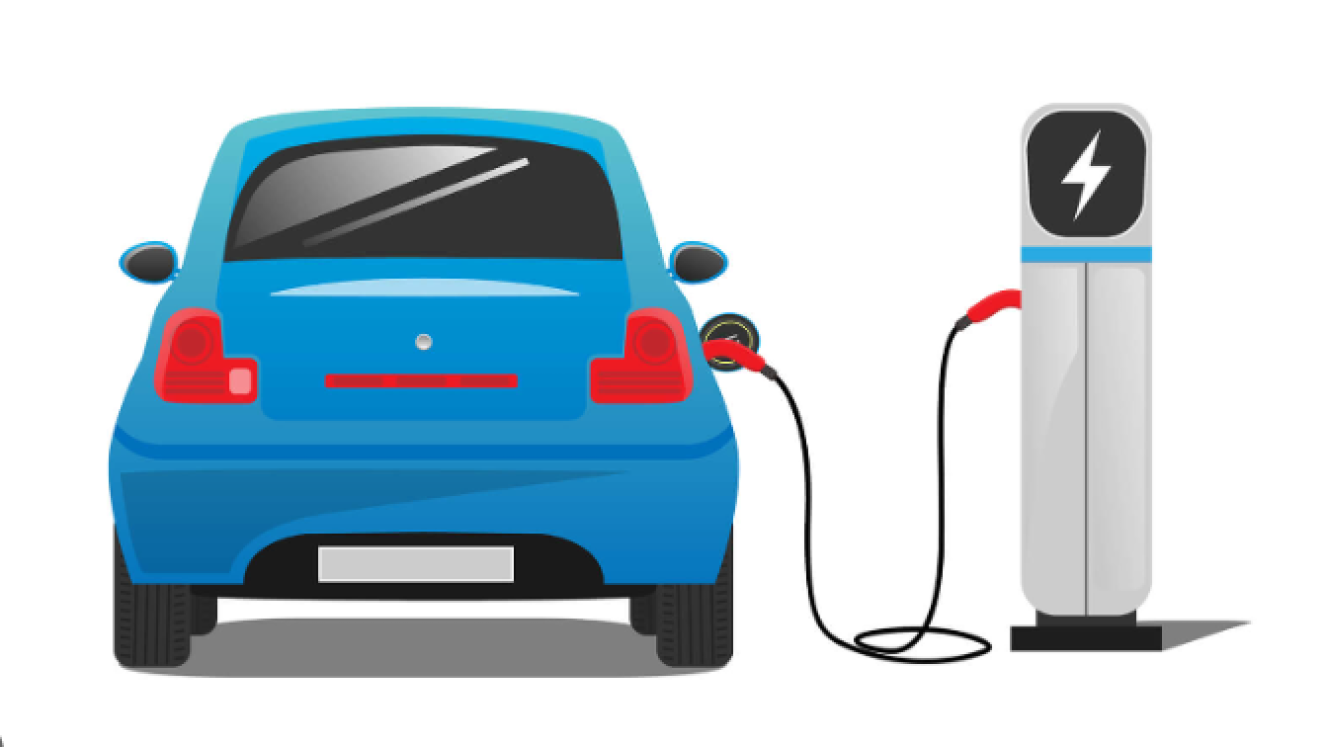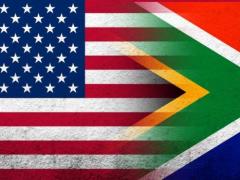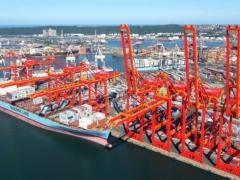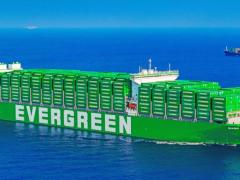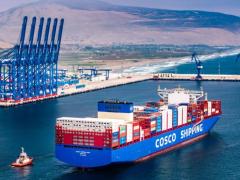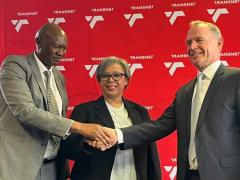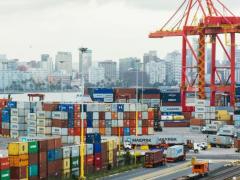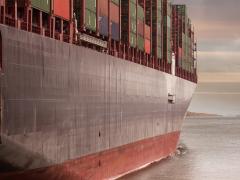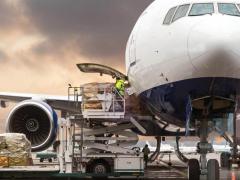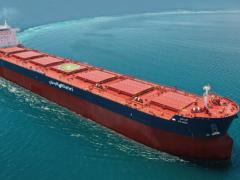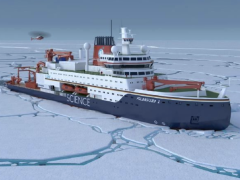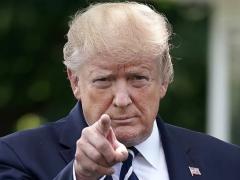The details of the successful bidder for the rollout of charge stations for light commercial and motor cars are set to be announced by the National Association of Automobile Manufacturers of South Africa (Naamsa) by the end of June.
Said to be worth “hundreds of millions of rands”, the roll-out of a new-energy vehicle (NEV) charging infrastructure in the country is to be undertaken with no assistance from government.
In the first quarter of 2023, a total of 1665 NEVs were sold in South Africa, comprising 25 plug-in hybrids (PHEV), 232 electric vehicles (EV), and 1 408 traditional hybrids (HEV) – a marked increase of 18.8% over the first quarter (Q1) in 2022.
However, the number of NEVs sold in Q1 this year is a remarkable 86% more than for the entire 2021, and a staggering 309% above 2019 before the Covid-19 pandemic took its toll on sales figures.
Naamsa is working on behalf of several locally based original equipment manufacturers (OEMs) and vehicle importers and distributors who are financing the initiative together. A portion of the funding will also come from the Automotive Industry Transformation Fund.
Naamsa CEO Mikel Mabasa confirmed that the closing of the tender submission deadline was in March, with the expected date for announcing the winners being the end of June.
Bids from four local and five international applicants and Naamsa is still looking at the “quality, capability, and experience of those who responded”, he said.
Due to the scale of the project, Mabasa believes it is preferable to have multiple contractors involved.
The companies will be responsible for installing NEV infrastructure across large parts of the national road network, including the N1 from Musina to Cape Town, the N2 from Cape Town to Richards Bay, the N3 from the Port of Durban to Gauteng, and the N4 through Mpumalanga.
“We want the deployment of fast-charging infrastructure on these routes because we have seen an increase of electric vehicles coming into the country. Many of the OEMs are investing in their own charging infrastructure,” Mabasa said.
Audi has already erected chargers in the country, including the most powerful one available to the public, to bring its total number of plugs to 127. Other OEMs such as Jaguar, Porsche, and Volvo also offer charge points at select locations, and independent companies like Aeversa, GridCars, and Rubicon are taking part in the market segment as well.
Even with all these players and over 350 charging locations across the country, there are insufficient stations in most of South Africa. It is expensive and risky for one business to expand the network alone with no guarantee that it will get a return on its investment.
Freight News highlighted the cost of a single charge station by one developer of a facility at R22 million in an article about EV vehicles recently. It noted that, once chargers were in place for light commercial and passenger vehicles, installations for heavy vehicles would take place – probably to be in place by the end of this decade.
“So, we have decided that instead of every company investing in their own infrastructure, let’s put all our resources into one basket and make sure that we set up charging stations available to everyone,” said Mabasa.
The infrastructure rollout will take place in a phased approach and it has not yet been determined how many chargers will be put up, said Mabasa. The first phase is focusing on areas where the most NEVs are purchased, and the rest of the deployment will be driven by demand.
Naamsa is also working with Independent Power Producers to avoid the stations being overly reliant on Eskom and therefore subject to load shedding.
